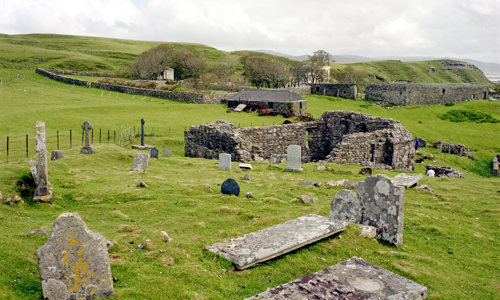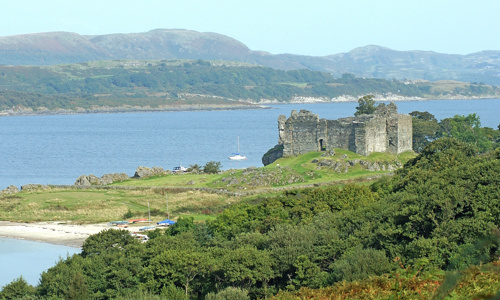Overview
Take the foot ferry to Iona and step off onto one of Scotland’s most sacred sites. This tiny island by Mull has been a vibrant centre of Christian worship ever since St Columba arrived in AD 563.
Columba’s monastery survived until the end of the 12th century, despite repeated Viking raids. Around 1200, the sons of Somerled – ‘King of the Isles’ – founded a Benedictine abbey here. Pilgrimage to St Columba’s Shrine continued to thrive, though monastic life on Iona ended with the Protestant Reformation of 1560.
It’s thought that the world famous Book of Kells was made here, along with other great works of art. Iona’s Abbey Museum houses Scotland’s finest collection of early medieval carved stones and crosses.
The Iona Community, formed in 1938, has revived the abbey’s long tradition of work, worship and teaching.
What to see and do
- Take in the very special atmosphere of the tiny island of Iona
- See the four iconic high crosses – evidence of Iona’s long life as a beacon of Christianity
- Admire the abbey church, its architecture spanning the 13th to 16th centuries, now restored as an active place of worship
- Stand on Tòrr an Aba, the little hill above the abbey where St Columba is said to have had his writing hut
- Explore St Oran’s Chapel and Reilig Odhráin, the graveyard where ancient Scottish kings are said to have been laid to rest
- Look for the vallum – a boundary ditch and bank of earth – the only upstanding evidence of Columba’s monastery
- Walk the Street of the Dead, a medieval route still flanked by the medieval St Martin’s Cross and a replica of St John’s Cross
- Step inside the nearby Augustinian nunnery, the most complete nunnery complex to survive in Scotland
- Take our fun fact-finding quiz (also in Gaelic) while exploring the abbey.
- Tour the abbey with our audio guide, using one of our devices - included in admission price





















